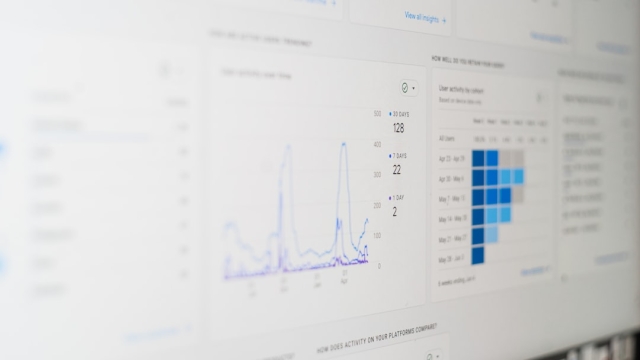
Understanding Import Data Key Metrics and Trends
Ryan Flores -In an increasingly interconnected world, understanding the dynamics of global trade is essential for businesses of all sizes. import data analysis plays a crucial role in this understanding, allowing companies to navigate complexities, assess market potential, and ensure compliance with regulations. By dissecting import data, organizations can gain valuable insights that facilitate smarter decision-making and strategic planning. In this article, we will explore key metrics and trends in import data, compliance considerations, and how to leverage insights for market opportunities.
Understanding Import Data: Key Metrics and Trends
At its core, import data analysis involves examining various metrics that reflect the flow of goods across borders. Some of the most critical metrics include:
- Volume of Imports: This metric indicates the total quantity of goods imported over a specific period. A significant increase in import volume can signal rising demand in a particular market.
- Value of Imports: Understanding the monetary value of imported goods helps businesses assess their financial exposure and potential profitability.
- Country of Origin: Identifying where goods are sourced can provide insights into supplier reliability and cost structures.
- HS Codes: These codes classify goods for international trade and are essential for understanding market categories and trends.
By analyzing these metrics, organizations can identify trends that may affect their operations. For instance, a surge in imports from a specific country might indicate emerging suppliers or changing market dynamics. Visualizing this data through charts and graphs can also enhance understanding, making it easier to spot trends over time.
Compliance in Import Data Analysis: What You Need to Know
Compliance is a critical aspect of import data analysis, as businesses must adhere to various regulations governing international trade. Understanding these regulations is essential for avoiding penalties and ensuring smooth operations. Key compliance considerations include:
- Customs Regulations: Each country has its own set of customs laws that dictate how imports are processed. Familiarizing oneself with these regulations is vital for ensuring that goods are cleared efficiently.
- Tariffs and Duties: Import duties can significantly impact the cost of goods. Businesses should analyze the tariff classifications and ensure they are paying the correct rates.
- Trade Agreements: Leveraging existing trade agreements can provide cost advantages. Understanding how these agreements affect import data can lead to better strategic decisions.
Implementing best practices for compliance, such as maintaining accurate records and staying updated on regulatory changes, can help businesses mitigate risks associated with importation. Utilizing tools and resources designed for import data analysis can simplify this process and enhance compliance efforts.
Identifying Market Opportunities through Import Data Insights
Import data analysis not only aids in compliance but also opens doors to identifying market opportunities. By leveraging the insights gained from import data, businesses can make informed decisions that align with market demands. Here are some strategies to consider:
- Market Entry Strategies: Analyzing import trends can help businesses identify potential markets for expansion. For instance, if there is a steady increase in demand for a specific product in a certain region, it may be time to explore entering that market.
- Competitive Analysis: Understanding the import patterns of competitors can reveal their supply chain strategies and market positioning. This information can be valuable in adjusting one’s strategy to gain a competitive edge.
- Supplier Identification: Import data can also assist in finding reliable suppliers. By examining the sources of goods that are in high demand, businesses can build relationships with potential partners.
In conclusion, import data analysis is an invaluable tool for navigating the complexities of global trade. By understanding key metrics and trends, ensuring compliance with regulations, and leveraging insights to identify market opportunities, businesses can enhance their strategic planning and foster growth. For further assistance and resources related to import data analysis, visit ImportKey, where you can find comprehensive tools designed to support your import data needs.
You may also like
Archives
- October 2025
- September 2025
- August 2025
- July 2025
- June 2025
- May 2025
- April 2025
- March 2025
- February 2025
- January 2025
- December 2024
- March 2024
- February 2024
- January 2024
- December 2023
- November 2023
- October 2023
- September 2023
- August 2023
- July 2023
- June 2023
- May 2023
- April 2023
- March 2023
- February 2023
- January 2023
- December 2022
- November 2022
- October 2022
- September 2022
- August 2022
- July 2022
- June 2022
- May 2022
- April 2022
- March 2022
- February 2022
- January 2022

Leave a Reply
You must be logged in to post a comment.